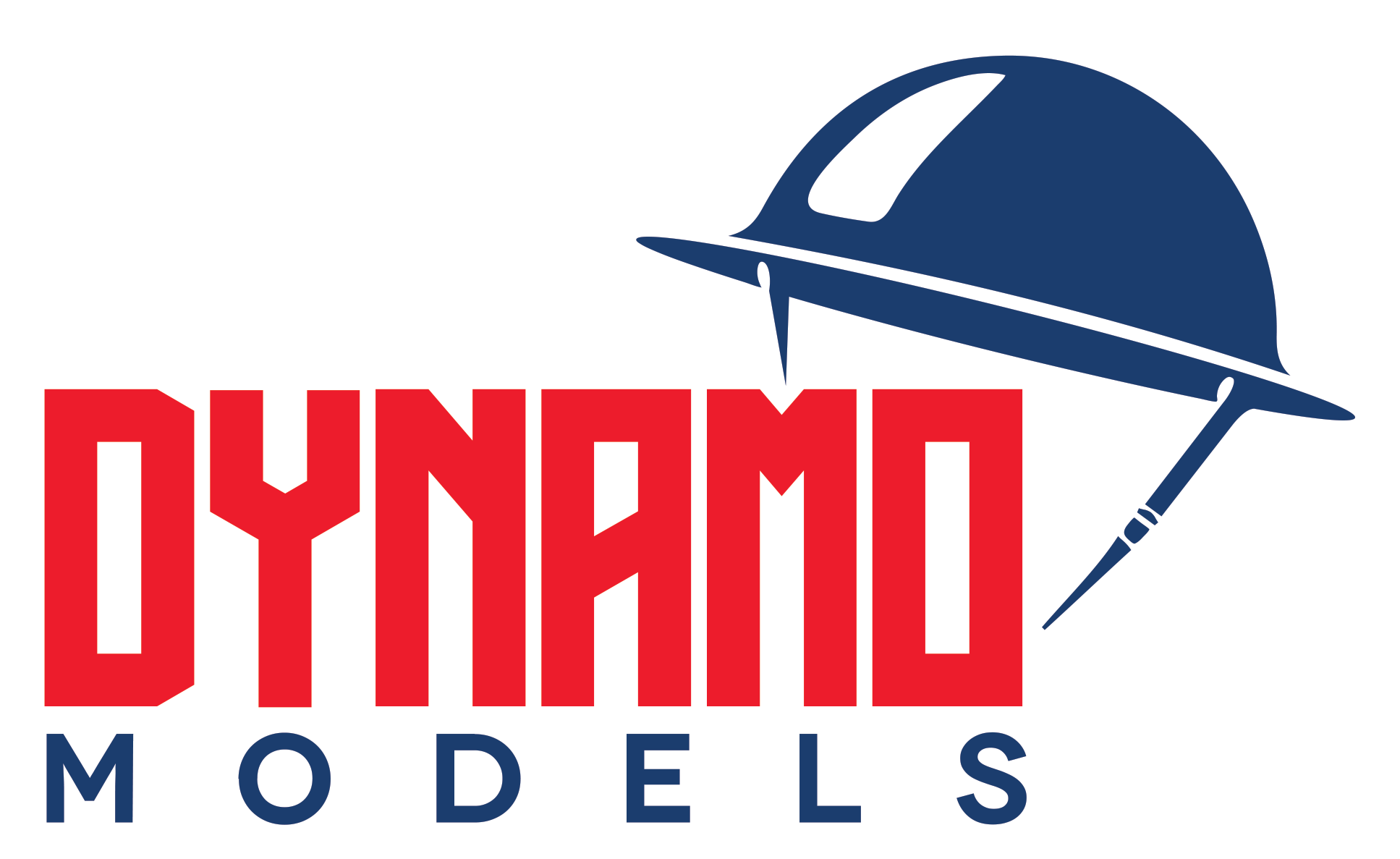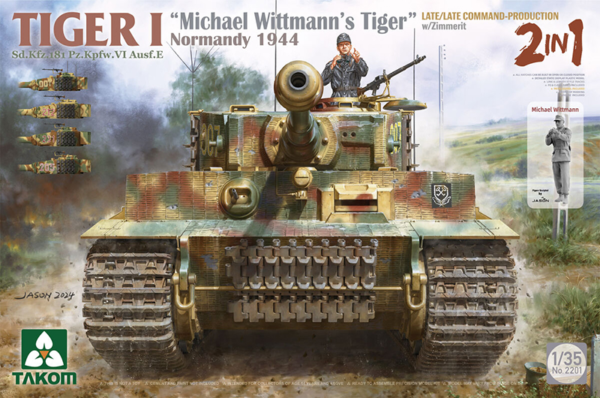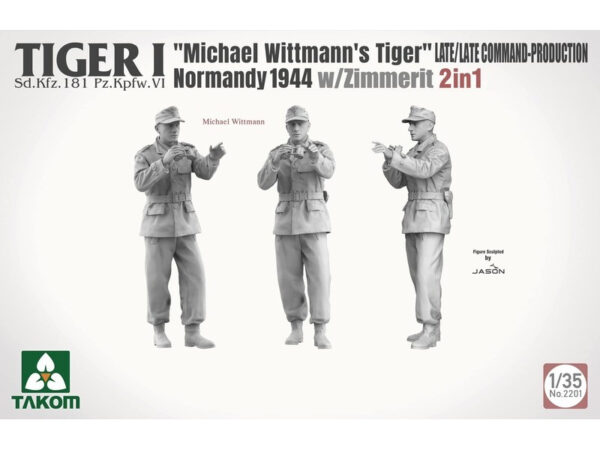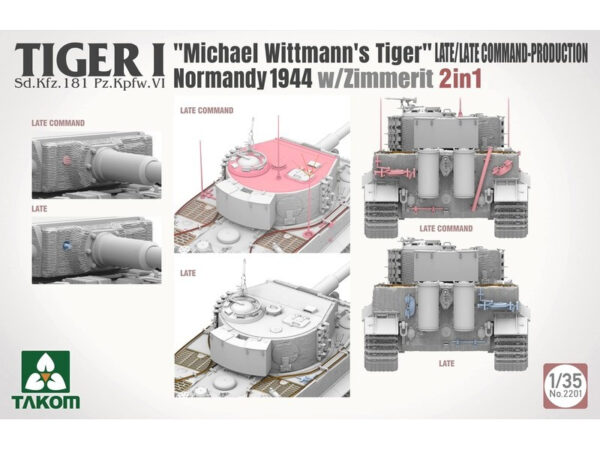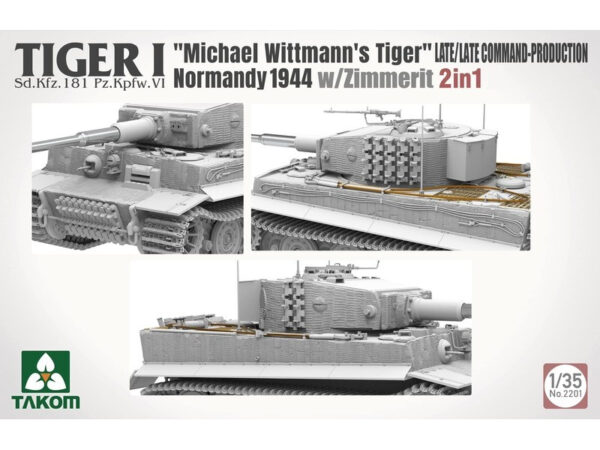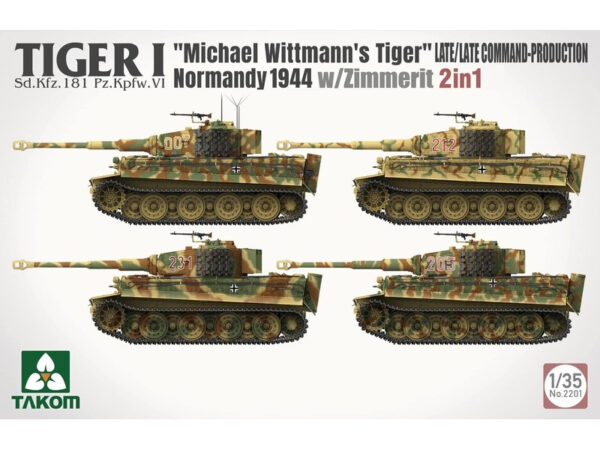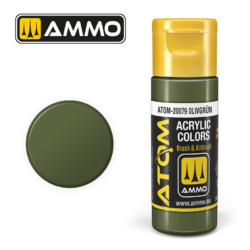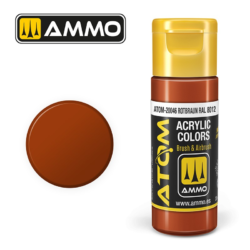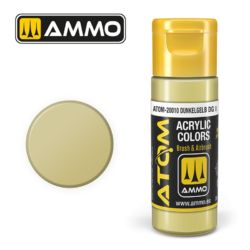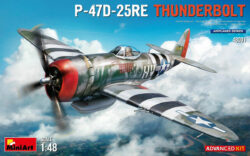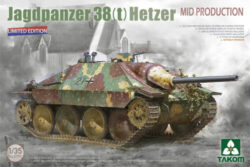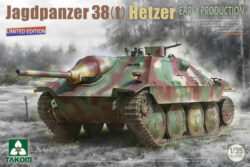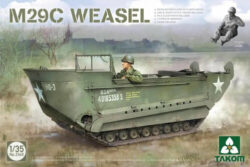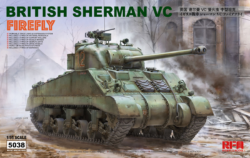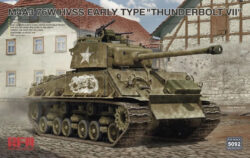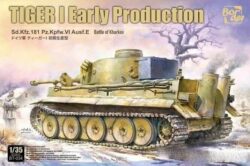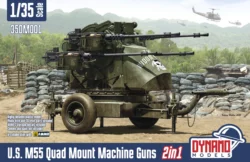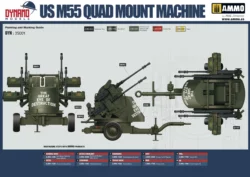
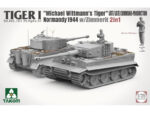
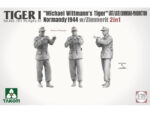
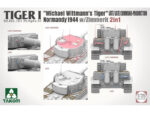
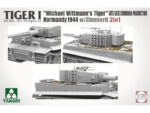
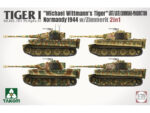
Takom 2201 – Tiger I Late Production w/zimmerit Normandy 1944 Sd.Kfz. 181 Pz.Kpfw. VI Ausf. E “Michael Wittmann’s Tiger”(Late/Late Command)
34,50€
– Plastic model kit to build a Pz.Kpfw. VI Ausf. E Tiger I late production/late production Command Version Commander Michael Wittmann by Takom
– Scale plastic kit include photo-etch, clear parts, metal barrel and decals
– 1 figure included
– Model to be assembled and painted. Glue and paint not supplied.
Rupture de stock
The Takom 2201 model kit features the Tiger I Late Production tank, specifically modeled to represent Michael Wittmann’s Tiger during the Normandy 1944 campaign. This 1:35 scale kit includes detailed parts for both the late production and command versions with Zimmerit anti-magnetic mine paste.
Key features of the kit include:
- Highly detailed plastic parts for accurate assembly.
- Photo-etched parts for fine detailing.
- Clear parts for periscopes and other small components.
- Turned aluminum gun barrel for realism.
- All hatches can be assembled in open or closed positions.
- An assembly jig for tracks is included to ease construction.
- Markings for four different versions of the Tiger I.
- A figure of Michael Wittmann, the renowned German tank commander, is included in the kit.
In addition to the main tank model, the kit also provides a historically accurate representation with various decals and instructions for creating different historical variants of the Tiger I.
The tank ace Michael Wittmann.
Michael Wittmann was a renowned German tank commander and tank ace of World War II, noted for his tactical skills and daring style. Born on April 22, 1914, in Bavaria, Wittmann joined the Waffen-SS in 1936 and quickly distinguished himself in the early war campaigns. On the Eastern Front, he demonstrated remarkable skill, destroying numerous Soviet tanks and later commanding the formidable Tiger I tank with the 101st SS Heavy Panzer Battalion. His reputation peaked at the Battle of Villers-Bocage in Normandy on June 13, 1944, where he destroyed over a dozen British vehicles in under 15 minutes, causing a significant impact on Allied operations.
Wittmann was awarded the Knight’s Cross of the Iron Cross with Oak Leaves and Swords, one of Germany’s highest military honors. However, his association with the Waffen-SS, known for its war crimes, makes his legacy complex. Killed in action on August 8, 1944, in Normandy, Wittmann remains a controversial figure and a subject of military history studies, particularly for his exceptional tank strategies and battlefield effectiveness.
Tiger I
The Tiger I, officially known as the Panzerkampfwagen VI Tiger Ausf. E, was one of the most feared and iconic heavy tanks used by Nazi Germany during World War II. Developed by Henschel and first deployed in 1942, the Tiger I was designed to counter heavily armored Soviet tanks encountered on the Eastern Front, such as the T-34 and KV-1. Known for its formidable firepower and thick armor, it became a symbol of German engineering prowess and was highly effective on the battlefield, though it faced limitations due to its complexity and production costs.
Design and Armor
The Tiger I was characterized by its heavy armor, with up to 100 mm of frontal armor, providing protection against most Allied anti-tank weapons of the time. Its armor was flat rather than sloped, a common design choice for German tanks. While effective, this flat armor made the tank heavier and added to its maintenance challenges. The vehicle weighed around 57 tons, which impacted its mobility but gave it substantial defensive capability.
The Tiger I was powered by a 12-cylinder Maybach HL 230 P45 engine, producing 690 hp, which enabled it to reach speeds of up to 38 km/h on roads and 20 km/h cross-country. Despite being slower than some of its counterparts, it maintained mobility in rugged terrains, though it struggled in muddy or snowy conditions. Its weight and size also limited its ability to cross certain bridges, making logistics and movement challenging.
Armament and Firepower
The Tiger I was armed with the powerful 88 mm KwK 36 L/56 cannon, adapted from the famous 88 mm anti-aircraft gun. This gun could penetrate most Allied armor at ranges exceeding 2,000 meters, making the Tiger I a lethal threat even at long distances. The 88 mm gun was accurate, and its high velocity allowed for superior penetration power, enabling it to destroy most Allied tanks with a single shot.
In addition to its main gun, the Tiger I carried two MG34 machine guns, one mounted coaxially with the main gun and another placed in the hull, primarily for defense against infantry and light vehicles.
Operational Role and Legacy
The Tiger I was primarily used in heavy tank battalions (schwere Panzer-Abteilungen), often deployed in strategic or defensive roles. Its formidable armor and firepower made it especially valuable in holding lines or spearheading attacks against heavily defended positions. However, its mechanical complexity and high production cost limited its numbers, with only around 1,350 units produced during the war.
The Tiger I left a lasting legacy as one of the most powerful tanks of World War II, respected and feared by Allies and Axis alike. Although its complexity and weight restricted its operational flexibility, its reputation as a potent and nearly indestructible tank endured, shaping post-war armored vehicle development and remaining an iconic symbol of World War II armored warfare.
This kit is perfect for both model enthusiasts and history buffs who are interested in World War II armor and specifically the role of the Tiger I in the Normandy campaign.
